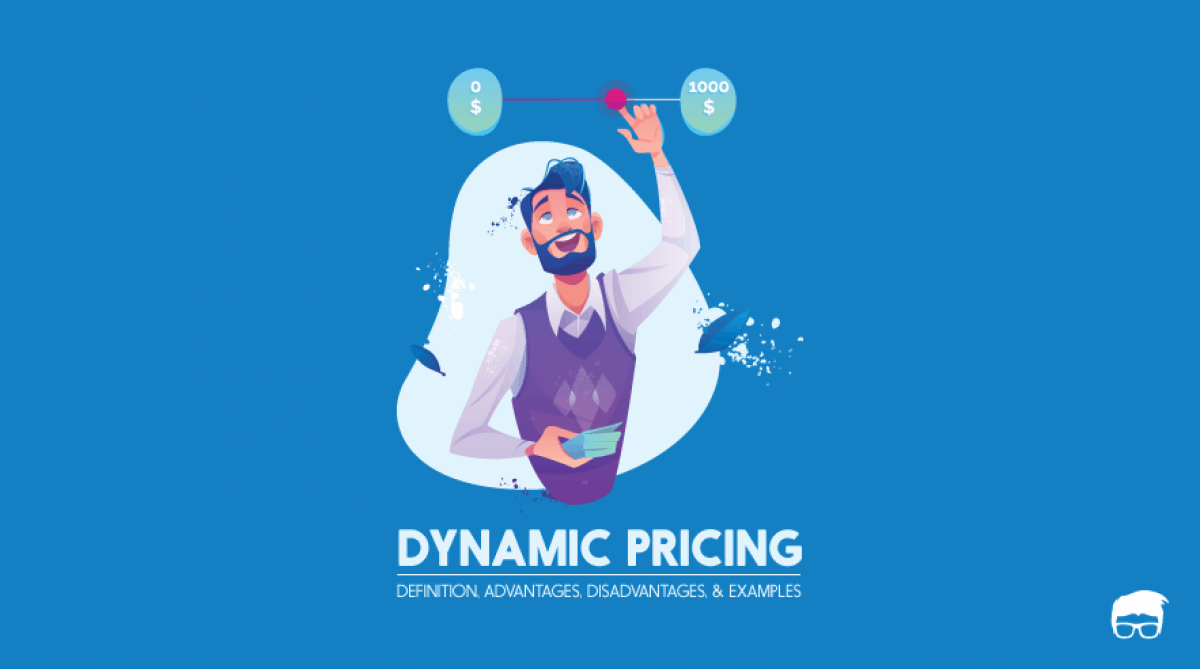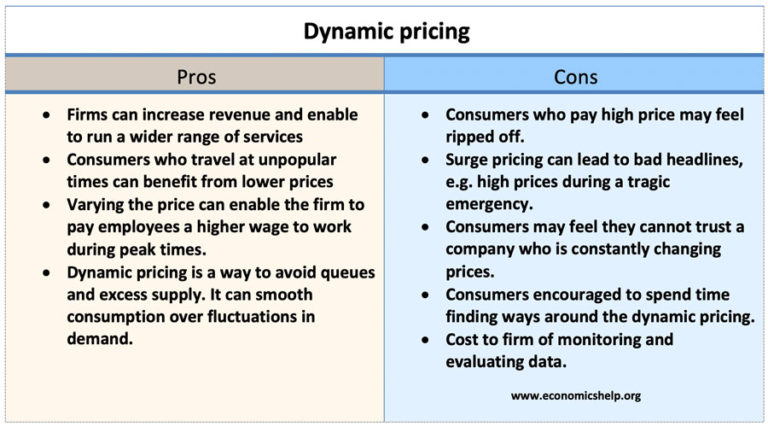
The five product mix pricing types are as follows (see Figure 2 below): On the other hand, product mix strategies are used as sometimes companies have to change their pricing when a product is part of a product mix. As prices are low, profit margins may also be lower, but due to the high number of sales, the company's costs will fall, allowing it to decrease its prices even further. Penetration pricing - involves setting a low initial price to attract many buyers and increase market share. Eventually, as new product variations and models are introduced, the company will decrease the original product's price. Due to the high price, the company makes fewer sales at a higher profit margin. Price skimming - involves setting a high price initially as the product is introduced to the market to maximise revenues. As a result, companies have to choose from the two pain new product strategies: New product developments can put companies in challenging situations when it comes to pricing. New product pricing strategies are related to the product life cycle. Let's now take a look at some additional pricing strategies. The change can be brought about by a product's life cycle, new product mixes, or changing environments and situations. One important thing to note is that pricing strategies often change. Whether there is a niche/underserved market.īeyond the three main strategies outlined previously, there are other types of pricing. To use this approach, a company has to examine its competitors and their strategies, including:Ĭustomers' value perception of competitors' offerings, Within value-based pricing, there are two further pricing approaches. Set target price to match perceived value.Ĭreate a product that matches the target value at the target price. Understand customer value perception and needs. The steps of value-based pricing are as follows: Thus, the pricing decision starts by examining customer value - how much the product is worth to customers. The idea behind customer value-based pricing is to price a product based on the value it brings to customers rather than the cost of producing it. Now that we have defined pricing, let's look at the three key pricing strategies: customer value-based pricing, cost-based pricing, and competition-based pricing. 1 - Pricing Objectives Pricing Strategies Increasing sales of a specific product line.įig. Preventing competitors from gaining market share,Īttracting customer attention to the release of a new product or brand, Preventing competitors from entering the market, Some of the different types of pricing objectives may include:Īttracting new customers to increase revenues, Pricing objectives should be aligned with the company's overall marketing and corporate objectives. Different Types of Pricing Objectivesīefore deciding on a pricing strategy, the company needs to consider its pricing objectives.

Pricing is also important as a strategic tool as it creates customer value. Price is, therefore, the element of the marketing mix that leads to revenues, unlike the other elements which incur costs. Pricing can also be defined as the value customers sacrifice to benefit from receiving and using a good or service. Price is the amount of money expected and given in exchange for a good or service.

To understand pricing strategies, we first need to look at the definition of pricing. To help you understand these concepts, we'll provide real-world examples of pricing strategies. We'll then dive into various pricing strategies and the different types of pricing you can use. In this article, we'll explore the definition of pricing and different types of pricing objectives. Although perceptions may play a role in pricing, there is much more to pricing. Thus, marketers take advantage of these customer perceptions and accordingly create pricing strategies. Certain customer segments might consider this a reasonable price for the quality of the product, the type of fragrances used, and the branding.


Have you ever considered a product and thought, "That is not worth the price!"? Although you may not be willing to pay £400 for a perfume bottle, several people do. Marketing is the act of inventing the product. Market Segmentation Targeting and Positioning.


 0 kommentar(er)
0 kommentar(er)
